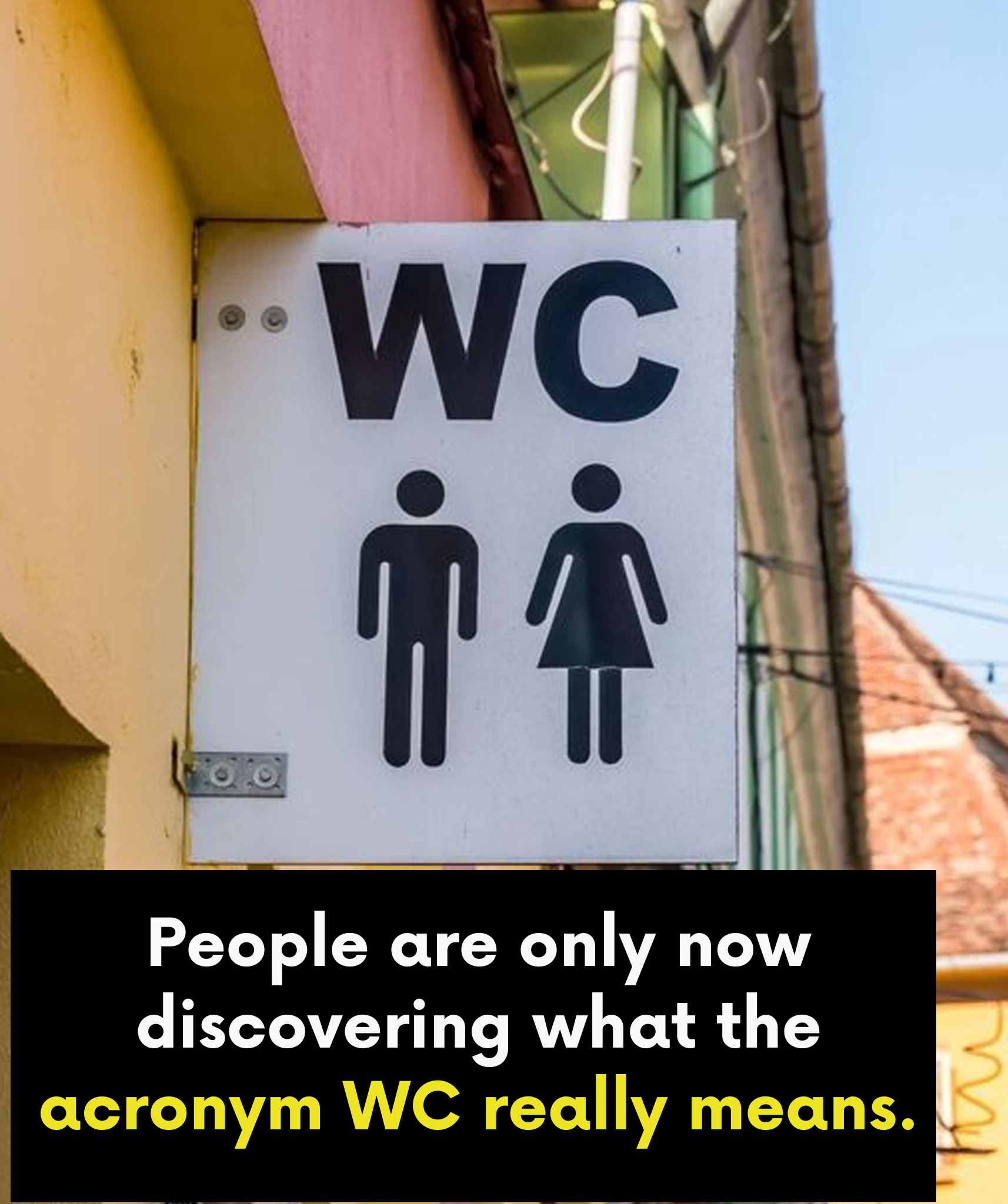
Surely, more than once, while wandering through a train station, a shopping mall, or a crowded restaurant, you’ve felt that moment of relief when spotting a small sign with two letters: WC. We all instantly know what it means, but very few stop to wonder where the abbreviation actually comes from.
The story of these two letters may seem trivial, yet it says a lot about how our hygiene habits — and our homes — have transformed over time.
The Origin of WC

The acronym comes from the English phrase “Water Closet”, which literally means “water cabinet.” To modern ears it sounds odd, but when the term appeared in the 19th century, it made perfect sense.
At that time, most people still used outdoor latrines or chamber pots. Having a small room inside the house fitted with a flushing toilet was considered a luxury, a symbol of modern progress. To distinguish it from older practices, the private indoor toilet earned the name “water closet,” a phrase that quickly caught on.
Why We Still Use It
Our bathrooms today are far more complete, with sinks, mirrors, showers, and cabinets. Yet the simple WC abbreviation has endured, mainly because of practicality.
Across languages and cultures, WC became a universal code. Travelers anywhere in the world can recognize those letters and know exactly where to go. Instead of navigating different words like “bathroom,” “toilette,” or “baño,” WC works as a shortcut that transcends borders.
A Matter of Names

Confusion over terms is not new. A well-known anecdote tells of a Brazilian couple visiting the United States. They asked for a bathroom and were guided to a room with only a bathtub — no toilet in sight. The misunderstanding happened because in American English the common public word is “restroom,” while “bathroom” often refers to the full space in a private home.
Around the world, the vocabulary keeps shifting:
- In everyday English, bathroom describes the whole room.
- Lavatory usually refers to a smaller space, often without a shower.
- In some European countries, toalete is the polite word used in public places.
Despite the variations, we all agree on the importance of having one.
More Than Just Two Letters
When traveling, it’s wise to pay attention to local words — “toilet” in the UK, “restroom” in the US, “baño” in Spain or Latin America. But in tourist areas, WC remains the safest bet. Universal pictograms, often little stick figures, also help cut through the language barrier.
The letters WC may be short and simple, but they carry with them a fascinating history. They mark the transition from outdoor latrines to indoor sanitation, from inconvenience to comfort. And above all, they have become a global symbol of practicality.
In the end, no matter what name we use, the most important thing is still the same: finding the right door when you need it most.